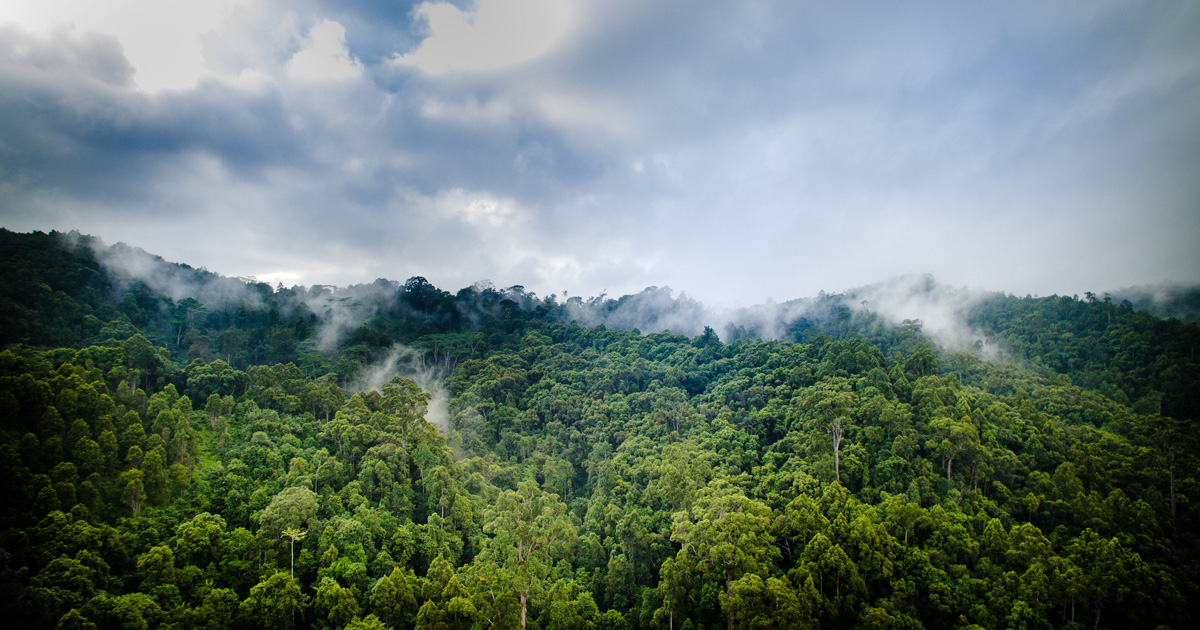Agroforestry is considered to be a promising alternative to short-fallow shifting cultivation or other monocropping systems. An on-farm experiment was established in 1996 in northern Viet Nam to examine the contribution of the leguminous bush Tephrosia candida (Roxb.) D.C. as a fallow or hedgerow species and as a mulch producer to improve nutrient cycling and prevent nutrient losses by erosion. The systems tested were upland rice monocropping (Mono), natural fallow (NaFa), fallow of Tephrosia (TepFa), hedgerow intercropping with upland rice (Oryza sativa L.) and internal mulching using pruned Tephrosia biomass (TepAl), and upland rice with external mulching using Tephrosia biomass (TepMu). Over two cropping seasons, from April 1996 to April 1998, nutrients recycled and inputs and exports were recorded, as well as changes in C-, N- and P-pools, and in pH in the 0–5 cm topsoil layer. The Tephrosia systems (TepFa, TepAl, TepMu) prevented nutrient losses by erosion effectively. Compared to the NaFa system, the TepFa system accumulated 34% more N in the above-ground plant parts and increased topsoil N by 20%, probably due to N-fixation. There was a trend that the less labile P-pools (NaOH-P) were reallocated into the more labile P-pools (Bicarb-P) in the soil of the TepFa system. Burning released significant amounts of the inorganic P-pools in both the NaFa and TepFa systems and this effect seemed to be more pronounced in the TepFa than in the NaFa. Organic input to crop export ratios for N and P were >1 in the TepAl and TepMu treatments. This was due to a sufficient quantity and quality of the Tephrosia mulching material. However, moderately labile NaOH-extractable organic P seemed to be depleted in the topsoil due to high P uptake in the TepMu treatment. Thus, nutrient cycling and nutrient balances were improved under the Tephrosia systems. But for long-term P sustainability, there is a belief that a combined use of mulching and mineral P fertiliser is needed.
DOI:
https://doi.org/10.1016/S0167-8809(01)00208-0
Altmetric score:
Dimensions Citation Count:
00208-0&apiKey=3948bb216041dbffcb29a618defafc29&httpAccept=image%2Fjpeg)























